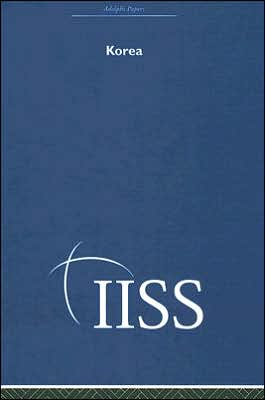

 |

|

The average rating for Korea: 40 Years of the Adelphi Papers based on 2 reviews is 4.5 stars.
Review # 1 was written on 2016-02-03 00:00:00 Julian Dorado Julian DoradoБез да претендирам за дълбоко познаване на наличната англоезична литература за Корея, и при все, че авторът на някои места представя и свои тълкувания, струва ми се, че тази книга е един много добър старт за опознаване на историята на този регион. Даже може и да изглежда твърде подробна, но пък представя буквално всичко - история, култура, изкуства, религии. Не ми допада, че авторът е избрал различна от най-разпространената към момента транслитерация на корейски имена и думи - Маккюн-Райшауер вместо коригираната романизация - например "Cheju" вместо "Jeju", но той си го е аргументирал в края на книгата и в крайна сметка това е въпрос на избор. Със сигурност ме накара да прочета и втория том. |
Review # 2 was written on 2020-12-28 00:00:00 Lauren Rheaume Lauren RheaumeA great book. In 250 pages, it manages to cover not only the political history of Korea from the earliest period of its confirmed existance to the opening in the late 19th century - a period of almost 2,000 years! - but also various fields such as philosophy, literature, art and the structure of society, in an understandable and interesting way. It is dense, so take your time reading it, and prepare for many names per page - but don't let it discourage you: when neccesary, the author repeats himself; and instead of just listing facts, the chapters are built in a way that lets you understand the period. Especially detailed are Korea's relations with its neighbors and the various sides of its neo-confucian ideology. Parts of the book could be better: the chapter about the three kingdom period is vague and a bit more rushed than the others; some subjects are mentioned, but not always explained (such as the the various sects of Buddhism, or the Korean Shamanism); and in whole, the book provides a complete picture only about the last third of Korea's history. It's understandable, as there is less information about early periods (almost no buildings or books before the 14th century survived), but it could be nice if the author had maybe used more of the records that were written about them in later periods, and wrote more about the archeological evidence found from those times. Pictures of the artifacts and examples of the artistic styles he refers to could also help. |
CAN'T FIND WHAT YOU'RE LOOKING FOR? CLICK HERE!!!